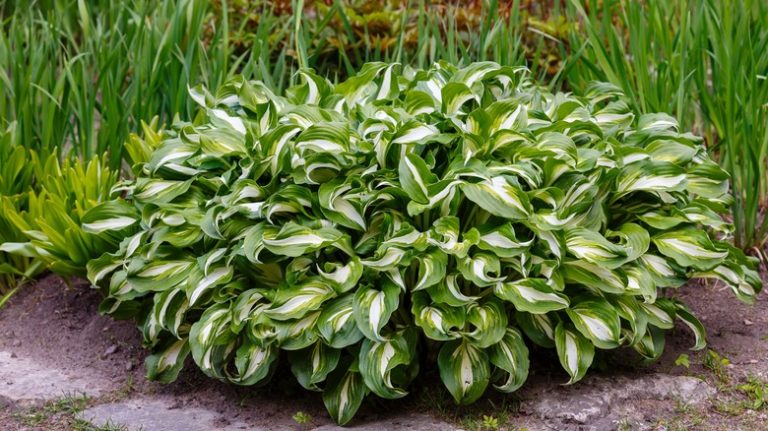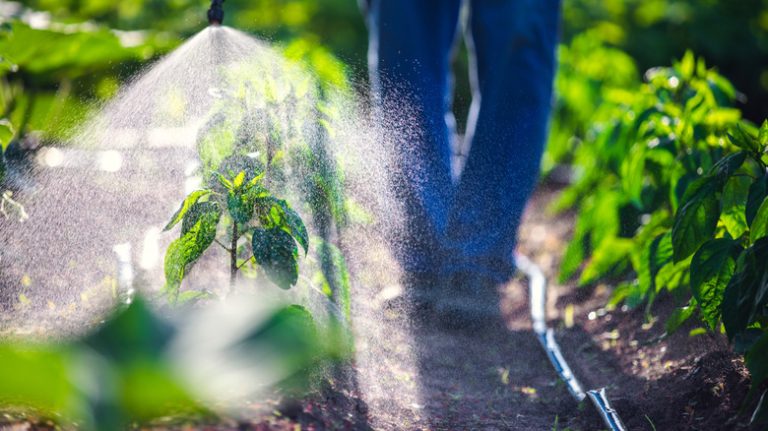Yellow sweet clover sounds like a delightful type of wildlife and/or livestock crop, right? Well, in reality, it’s not sweet and it’s not a type of clover, but a legume. In fact, it was brought here from Asia and Europe to help feed livestock. Unfortunately, as we’ve now learned, there are always negative consequences associated with invasive species. Depending on how much you have, a good way to control yellow sweet clover that has not yet flowered is to pull it out by hand, making sure you get all the roots. It spreads rapidly and the seeds can remain viable for more than 30 years, so needless to say, it’s important to control it where it’s not wanted.
Invasive species like this can cause multiple problems that often aren’t seen right away. They upset the natural balance of native ecosystems, and the results can be catastrophic. As we collectively shift to a more responsible attitude towards the environment, promoting native species becomes an important part of our contribution. Sometimes, herbicides and chemicals are an option you may have to consider when eradicating invasive plants from your landscape.
Common ways to control yellow sweet clover

The main thing to remember is that yellow sweet clover takes two full years to bloom and set seeds, and the best way to control it is by catching it before it matures and flowers to do so. Yellow sweet clover doesn’t develop flower buds until late in the springtime. During the first year, you may not even notice it, because it’s busy establishing a vast root system underground. If you have a small amount of yellow sweet clover popping up here and there, you can simply wait until the soil is moist, sometime in the fall, and pull them out by hand with all the roots.
If you’re dealing with a large or dense area of this plant, you can use a scythe to cut stems down to the soil level in the first and second year, as long as you catch them before flowering occurs and seeds form. After this severe cutting early in the second consecutive year, it will rarely re-sprout. There are a couple of other options too, either doing controlled burns or using chemicals because yellow sweet clover can be quite persistent.
More ways to control it

According to the University of California Agriculture & Natural Resources, yellow sweet clover leaves and flowers contain a toxin called coumarin. Sometimes, hay made from yellow sweet clover can develop mold that converts this toxin into one that can be deadly. Animals that then consume the moldy hay are in danger of suffering a fatal hemorrhaging disorder. This is called sweet clover poisoning.
As it is an invasive plant, it tends to take over native habitat. The seeds are resistant to both solarization and soil fumigation. The root system is hardy and vast. This is why it may become necessary to consider trying an herbicide. One recommendation is for Ortho WeedClear, found at Ace Hardware for $11.99. However, it’s important to note that it will likely take multiple applications, and you’ll risk killing other plants as well as beneficial insects and wildlife every time you do.
The other recommendation is controlled burns, starting in April of the first year. The second year, do the burn in May. If the area is heavily saturated, you’ll need to do that same routine twice, only wait two years in between without burning. So, to continue this schedule, in years three and four, do not burn. Then, during the fifth year, burn again in April, and in the sixth year, burn again in May. After all this, you should be clear of yellow sweet clover.



